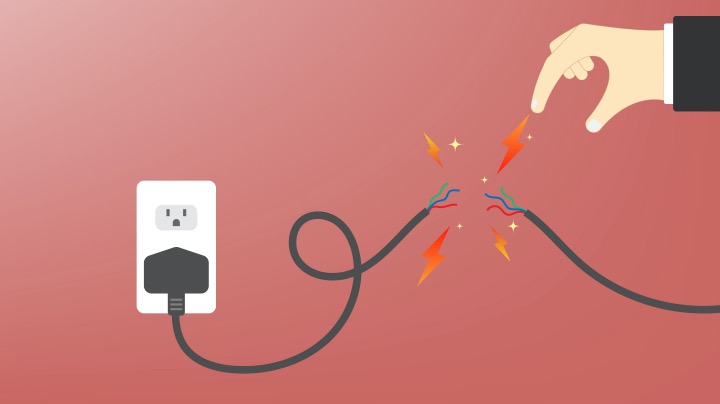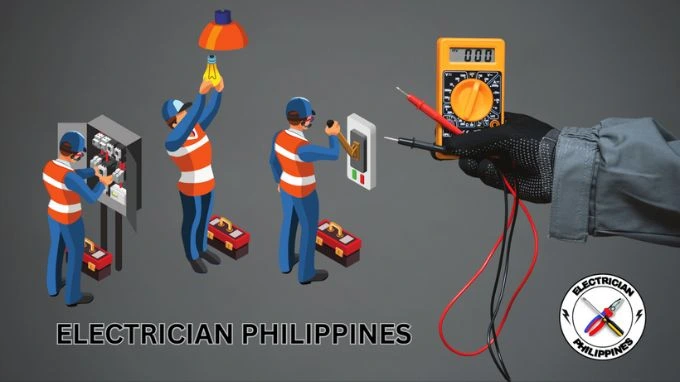Maximize processes with innovative mechanical system optimisation support.
Wiki Article
Leading Tips for Effective Electrical System Troubleshooting
Fixing electrical systems requires a methodical strategy, grounded in a comprehensive understanding of electrical concepts and safety and security methods. The nuances of efficient troubleshooting expand past mere technological knowledge; comprehending how to record findings and prioritize security can dramatically influence results.Understand the Essentials
Recognizing the fundamentals of electrical systems is important for effective troubleshooting, as a solid foundation allows service technicians to identify and deal with issues much more efficiently. A comprehensive grasp of electrical concepts, such as voltage, existing, resistance, and power, is crucial in determining the source of troubles. Voltage is the electrical prospective distinction that drives present through a circuit, while resistance opposes the flow of current, influencing the total functionality of the system.Knowledge with circuit elements, consisting of resistors, capacitors, diodes, and switches over, is additionally critical. Each component plays a distinct role in circuit behavior and can influence performance when malfunctioning. Furthermore, comprehending collection and parallel circuit arrangements is important, as these plans influence the circulation of voltage and existing within the system.
Moreover, expertise of security procedures is indispensable. Professionals have to know possible hazards, such as shock and short circuits, to apply safe troubleshooting methods. By grasping these foundational ideas, service technicians enhance their capacity to conduct reliable diagnostics and repair work, eventually resulting in enhanced efficiency and dependability of electric systems. This fundamental understanding is the cornerstone of effective fixing ventures.
Gather Necessary Devices
Efficient troubleshooting of electric systems needs the ideal collection of devices to identify and fix problems properly. Crucial devices include a multimeter, which measures voltage, current, and resistance, permitting for precise assessments of electric elements.Furthermore, protected hand tools such as screwdrivers, pliers, and cable pole dancers are important for safely controling electrical links. It is additionally suggested to have a circuit tester handy to verify the visibility of voltage in outlets and wires. For even more complex systems, a thermal imaging camera can help identify overheating parts, indicating prospective failings.

Adhere To a Systematic Method
Having gathered the proper devices, the next action in repairing electric systems is to comply with a systematic technique. A methodical strategy ensures that professionals can identify mistakes efficiently and properly, decreasing downtime and stopping unneeded repair services.Begin by evaluating the system's schematic diagrams and specs. This entails checking each component systematically, starting from the power source and functioning in the direction of the load.
Utilize testing tools, such as multimeters and oscilloscopes, to collect unbiased data concerning voltage, present, and resistance at various factors within technical support for electrical industry the system. This empirical proof will lead your troubleshooting initiatives and aid to validate or get rid of possible sources of failing.
Additionally, consider environmental elements that may influence the system's performance, such as temperature fluctuations or wetness access. A comprehensive assessment of electrical wiring, connections, and elements will certainly guarantee that all opportunities are accounted for.
Document Your Findings
Detailed documents is crucial in the fixing process of electric systems. Exact records improve the performance of identifying reoccuring problems and facilitate interaction amongst group participants. Each searching for ought to be thoroughly noted, consisting of symptoms observed, tests performed, and the end results of those examinations. electrical system troubleshooting. This practice not just aids in comprehending the origin cause of the problem yet additionally acts as a reference for future repairing efforts.
Furthermore, maintaining a log of components replaced or fixings executed is very useful. This details sustains stock management and can assist examine the long life and integrity of particular components.
Inevitably, the documentation procedure need to be comprehensive yet concise, making it possible for easy access and testimonial - electrical system troubleshooting. By prioritizing comprehensive documentation, specialists can create an important data base that not just aids in existing troubleshooting however also equips future maintenance efforts, therefore improving total system reliability

Prioritize Safety And Security Actions
Identifying the intrinsic risks related to electrical systems is critical for making sure safety throughout troubleshooting. Electrical shock, burns, and tools damages are simply a few of the potential dangers that technicians encounter. Focusing on precaution is not just a legal commitment however also an ethical crucial that safeguards both the specialist and the surrounding atmosphere.Prior to beginning any troubleshooting job, specialists need to put on appropriate personal safety equipment (PPE), consisting of insulated gloves, safety glasses, and flame-resistant apparel. Making sure that the workplace is completely dry and complimentary of mess can significantly decrease the danger of accidents. In addition, it is essential to de-energize circuits before starting any kind of job, confirming that they are not endure making use of a multimeter or voltage tester.
Establishing clear interaction protocols with staff member is also vital; this makes certain that every person knows possible dangers and the status of the electric system being dealt with. Having an emergency situation feedback plan in location can prove important in the event of an occurrence. By focusing on precaution, technicians can efficiently mitigate dangers and cultivate a more secure workplace.
Final Thought
Reliable electric system repairing counts on a comprehensive understanding of basic concepts and a systematic method. Focusing on security actions makes sure the health of people included and the integrity of the electrical system.Report this wiki page